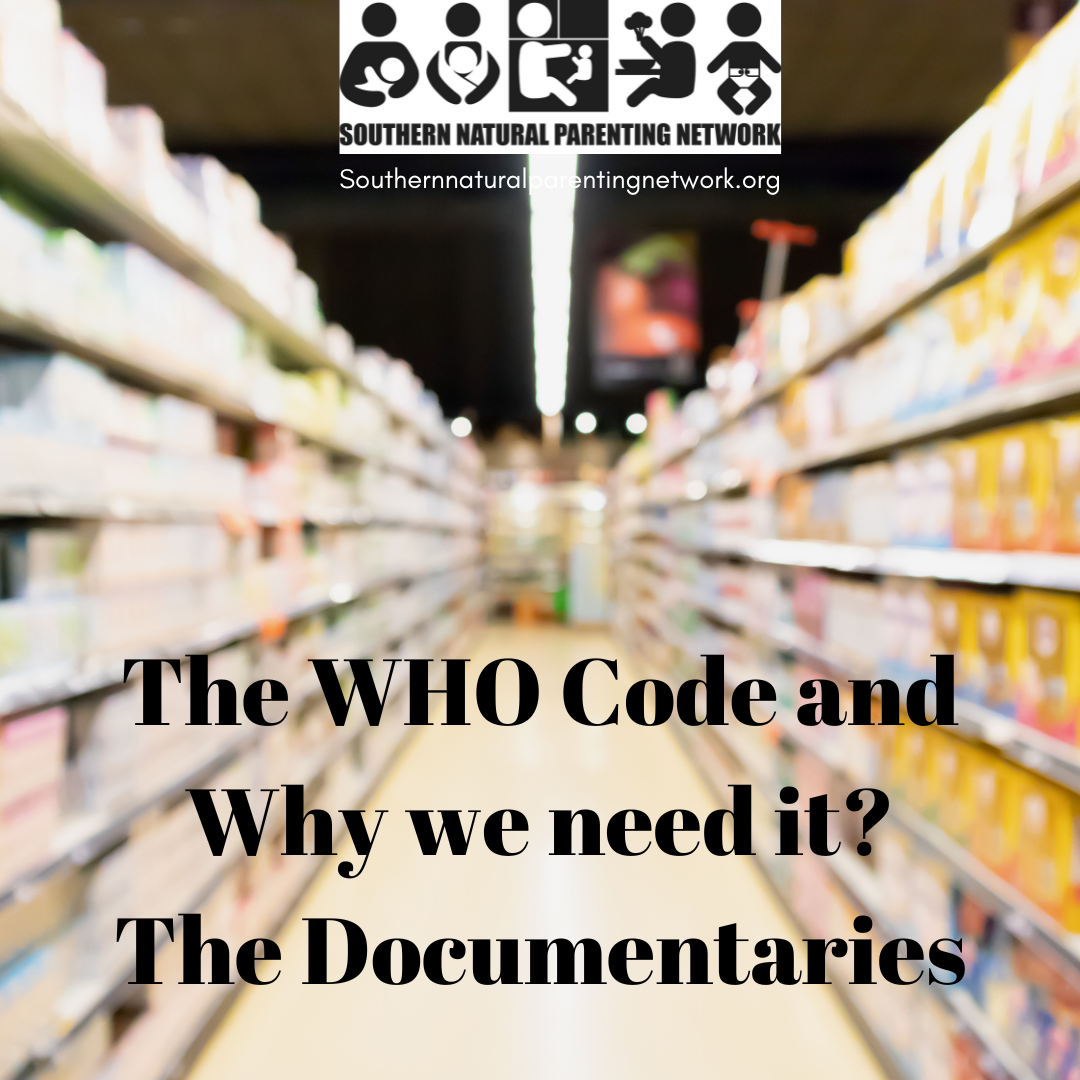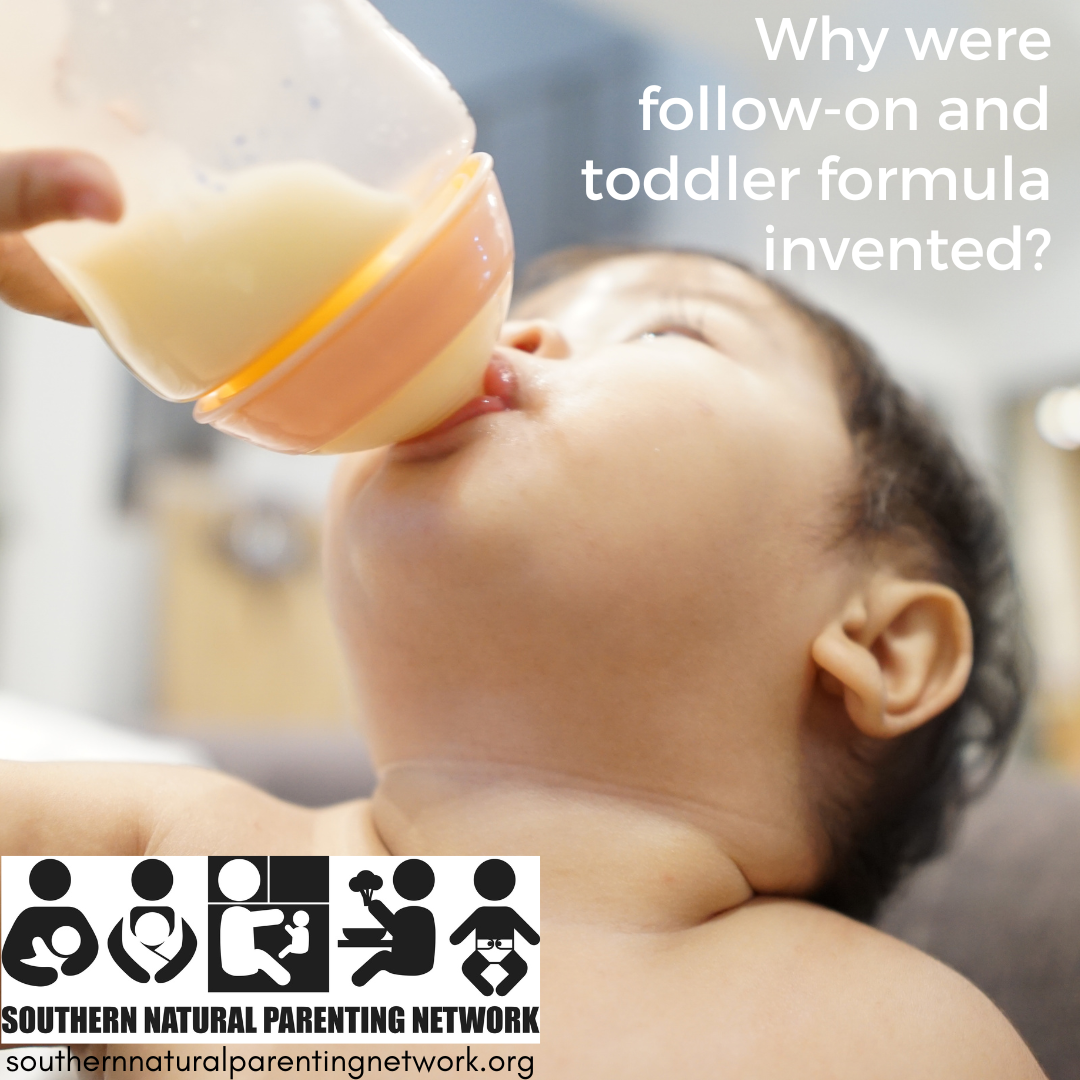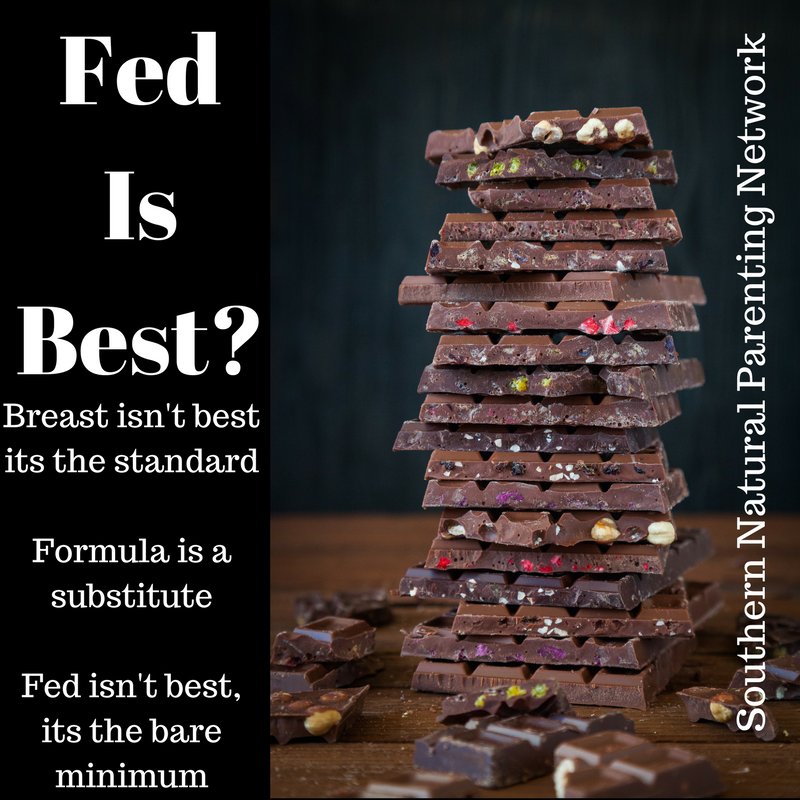See also The Fourth Trimester and Your Baby Week By Week for more information on breastfeeding in the first three months
Breastfeeding
Human infants are breastfed until natural weaning occurs. This is sometimes called full-term or natural-term breastfeeding. We endorse the World Health Guidelines which state:
“WHO and UNICEF recommend that children initiate breastfeeding within the first hour of birth and be exclusively breastfed for the first 6 months of life – meaning no other foods or liquids are provided, including water.
Infants should be breastfed on demand – that is as often as the child wants, day and night. No bottles, teats or pacifiers should be used.
From the age of 6 months, children should begin eating safe and adequate complementary foods while continuing to breastfeed for up to 2 years and beyond.”
— https://www.who.int/health-topics/breastfeeding
When direct breastfeeding is not possible, babies should be fed their own mothers expressed breastmilk and/or donor breastmilk. The use of infant formula is considered a last resort. We do not permit any form of brand promotion of infant formula or products used with breastmilk substitutes in accordance with the The International Code of Marketing of Breastmilk Substitutes, informally known as The WHO Code
We support Informal Milk Sharing through online communities including Human Milk For Human Babies and Eats On Feets. We encourage and support the establishment of human milk banking making human milk available to all babies unable to be fully fed their Mothers Own Milk
We support antenatal expression of colostrum and the use of this in the postnatal period in circumstances where babies need supplementation.
We support relactation and induced lactation. We consider the terminology “breast”, “breastmilk” and “breastfeeding” to be biologically accurate at a population level but respect the right of individuals to use terminology like “chestfeeding”.
We recognise the Australian Infant Feeding Guidelines Information for health workers
“In Australia, it is recommended that infants be exclusively breastfed until around 6 months of age when solid foods are introduced. It is further recommended that breastfeeding be continued until 12 months of age
and beyond, for as long as the mother and child desire. ”
— https://www.eatforhealth.gov.au/sites/default/files/files/the_guidelines/n56b_infant_feeding_summary_130808.pdf
We respect child-led weaning from the breast as optimal but recognise that circumstance may led to mother-led weaning after two years.
We do not support night weaning or adult-modification of infant sleep patterns and recognise the normality and benefit of nighttime breastfeeding throughout the early years of life.
While we recognise that the majority of mothers in Australia initiate breastfeeding but only a minority achieve 6 months of exclusive breastfeeding due to circumstances beyond their control, this is not a community for those who choose not to breastfeed for non-medical reasons. This is not a formula feeding support forum. Questions around choosing and using infant formula are not permitted. We choose to describe the risks of infant formula and/or lack of breastfeeding, which may cause distress.
Rooming-in: Keeping newborns and mothers together
Most hospitals no longer have nurseries for well babies
It's a familiar sight in American movies and TV shows: rows of newborn babies lined up in cots behind a viewing window. But it's not something you will see in countries like Australia and it hasn't been for decades!
The WHO Code and Why we need it?
Since the 1970s, global concern about the marketing tactics of infant formula manufacturers has led to action to regulate the industry.
The World Health Organization and UNICEF adopted the International Code on Marketing of Breastmilk Substitutes in 1981. More than 40 years later, some countries have fully embraced the Code in Law, while others- most significantly the US - have refused to implement the Code in any way: one of just four countries globally. You can see the most recent list of compliance by country here
Breastfeeding Documentaries
Advocacy for breastfeeding comes in many forms. One often overlooked is the format of film and documentary, yet these can give unique insight into the barriers and benefits of protecting breastfeeding globally.
Here are some of the best. Most can be found on streaming services.
Breastfeeding In Public: Promotion and Campaigns
Efforts by advocacy groups and governments around the world to change community perception about breastfeeding in public have used some creative means. We have gathered together some of the best here:
Breastfeeding in Public: A Timeline
Breastfeeding a baby in public has never been illegal. It was just unprotected. People could tell mothers they weren't “allowed” to breastfeed their babies in various spaces outside their home and women had to accept it. Until they didn't.
In Australia, protection for breastfeeding was included under State and Federal Anti-discrimination Acts. Women around the country lobbied their parliaments to specifically include breastfeeding, which they did, using a variety of descriptions.
You would expect this collectively brought an end to any confusion but incidents of discrimination continue to appear in the media and in the day to day lives of families. The common theme is that it is breaking some presumed rule or law or is somehow inappropriate or dangerous for the baby.
Babies breastfeed a lot. Like, really a lot! Condemning mothers to only breastfeed at home or is designated spaces is impractical and discrimination. Babies get to #eatinpublic, just like children and adults.
Since the 1980s, I have followed media coverage of breastfeeding in public here in Australia and overseas. The stories tend to come in similar installments:
The outrage
The apology
The opinions
The protest
For some reason, the second point rarely gets the coverage the others do and so the message retained by the masses is "the mother was wrong" - even when relevant laws, company policies and other facts are highlighted.
Here I have gathered some key stories:
Breastfeeding In Public: Advocacy
Breastfeeding mothers in Australia can breastfeed anywhere, anytime. It is always their choice where they feel comfortable breastfeeding their baby outside the family home. To enable them a range of choices, there are three protections in place:
Safe Spaces
Inclusive Environments
Legal Protection
Breastfeeding In Public: Activism -Protests, Nurse-ins, Breastfests and Photo Shoots
Breastfeeding in Public is protected by Federal and State Laws in Australia. Yet public perception is mixed when it comes to the rights of breastfeeding mothers and their babies.
Reactive and Proactive measures have been taken both informally and as part of community eductation and support for women who breastfeed their babies anywhere, anytime.
Here are some significant events from the past few decades in Australia:
Breastfeeding is a Women's Health Issue
Nearly all promotion of breastfeeding emphasises the importance of human milk for babies. However, there are significant health reasons for women being supported to meet their breastfeeding goals.
Breastfeeding is a biologically normal state for female mammals. The childbearing years are mostly spent in lactation, interspersed by new pregnancies.
Breastfeeding has a protective role in reducing the risk of disease and illness, including:
Choosing a breast pump: what do you need to know?
Modern life has extra demands that didn’t exist in the past. While most women didn’t need to pump their breastmilk 20 or 30 years ago, today’s mothers assume expressing will be part of their breastfeeding experience. There are many reasons you might need or want to express your breastmilk:
The Science of Breastfeeding: facts are not judgement
The science of breastfeeding can make some people uncomfortable. An already emotive topic, seeing evidence of why breastfeeding matters can be a trigger for those who were not able to meet their breastfeeding goals (yet oddly doesn't seen to have the same effect on those who chose not to breastfed at all)
Facts are not judgement.
Media articles sharing the latest discoveries researchers have made are often skewed to create debate - not the intention of the studies themselves. It is the media seeking to create so-called "mummy wars" with alarmist headlines often not related to the research itself.
But facts they are.
Double Pumping
There are times when expressing breastmilk really matters - if you have a premature or sick baby, your baby is still learning how to latch, you need to boost milk production or you are exclusively expressing milk for your baby - then you need to make the most of what you’ve got. And double pumping is the best way to go.
A hospital-grade electric breast pump with two milk collection kits allows you to maximise your output by collecting milk from both breasts at the same time. When your let-down kicks in, both breasts respond and milk start to flow and with double pumping, you can collect that milk more quickly. And, as research has shown, collect more milk over-all, compared to pumping one breast at a time.
Power Pumping
If you want to boost milk production, you need to increase removal of milk from the breast. The frequent demand stimulates higher production. One technique which can be used to rapidly increase demand is known as “power pumping”.
A mistaken belief about milk supply is that delaying removal of milk from the breast (by direct feeding or expressing) increases supply. However this actually leads to reduced production. The glands which produce breastmilk rely on feedback from the volume of milk held in the breast, “too full” is the signal to slow down, while “too empty” is an alert to step up production.
Power pumping aims to keep the volume of stored milk low over a period of time by frequently removing small amounts.
Strangers in The House: A timeline of politicians fighting to keep their babies close.
It was February 2003 and I was charged with the honour of escorting Sheila Kitzinger around Melbourne while visiting for a breastfeeding seminar. Unexpectedly, I had a front-row seat for the biggest news story of the week. Ex Olympic skier, and new mother Kirstie Marshall was ordered to remove her baby from the Victorian State Parliament: the baby was classified as a “stranger in the house” and proceedings couldn't continue with her present!
Why were follow-on and toddler formula invented?
When the Code was amended to protect parents of babies throughout the first year, businesses quickly reapplied their marketing strategy and created another new product they could market:
They invented toddler formula.
And advertising once again saturated the media.
Why your milk might be delayed.
We have looked at how the physiological transition from colostrum to mature breastmilk occurs in the first week after birth. When everything is going according to nature's plan, mothers can expect to see indicators their milk is changing around Day 3-5.
But sometimes the process is delayed and mother and baby need additional support during this time. This is referred to as Delayed Onset of Lactation (DOL).
So, what are the reasons the second stage of breastmilk production might be delayed. You might be surprised by some of these!
Why “Fed Is Best” is Flawed?
Breast is best … wait, no, it’s just the way mammals feed their infants.
Fed is best? Well obviously. The alternative is pretty dire. So where did this terminology spring from and why is it unhelpful in discussing infant feeding?
How the Formula Industry Fooled the World
Its hard to imagine sales people donning the garments of nursing staff and patrolling hospital maternity wards to promote formula products to new mothers - but that’s one of the marketing tactics used to undermine women’s confidence in breastfeeding just a few decades ago.
If you think that kind of thing can’t possibly happen any more, think again. Day care centres and kindergartens are given free samples of so-called “toddler” milk sachets to send home with children, taking brand awareness directly to expectant and new mothers through the hands of their own children. And you can bet formula brands were among the first to use online social media influencers to market their products through paid testimonials.
How Breastmilk is Made
I don't know why lactation is still a mystery to so many people. We are taught how other systems in our bodies work, and all about the reproductive system, at school. There might be a paragraph or two describing the “benefits” of breastfeeding and maybe even a diagram of the breast anatomy. High school students studying Health and Human Development might get a bit more detail but most people leave school without knowing much, if anything, about how humans make milk.
Touching Base: Breastfeeding is more than just food
A young baby stirs in the night. Their mouth begins making sucking movements and their head moves searchingly from side to side until connecting with the nearby breast and latching on.
The ability to seek the breast continues throughout the breastfeeding years, even as that baby grows and develops mobility. Babies and young children touch base with the mother dozens of times each day. For breastfed children, this is usually through the act of breastfeeding but is not always about food and drink.
Last century, behaviour-focused “experts” frowned upon what they considered comfort feeding. They saw dependence on the mother as problematic and a barrier to independence. Freud has a lot to answer for. As do the Victorians.
How long is a breastfeed?
Expectant parents know what they are in for. Disrupted sleep. Feeding the baby every few hours. Changing nappies. You know … baby stuff.
For many years I was a presenter at hospital antenatal classes, speaking to groups of pregnant women and their supporters. We would discuss breastfeeding and what to expect, common challenges and where to seek help.
At the end of the sessions I would invite anyone with personal questions to approach me during the break. One question is especially memorable all these years later:
“I know there’s going to be extra housework and stuff but what will I do all day at home with my baby?”
I often wondered if she reflected back on her question through the haze of the early years and smiled at her naivety?
The reality of caring for an infant is all consuming. That feeding, settling, sleeping and … stuff will take up most of your waking hours. And that's when it's all going well!
We need to be more honest about this and get real about what normal looks like. It isn't for ever but it feels never-ending.
Babies feed a lot. At least 8- 12 times in 24 hours in the early months. Now that averages out to 2-3 hours between the start of one feed and the start of the next: not, as some people innocently expect, a 2-3 hour break in between feeds. It is more likely to look like this:




















